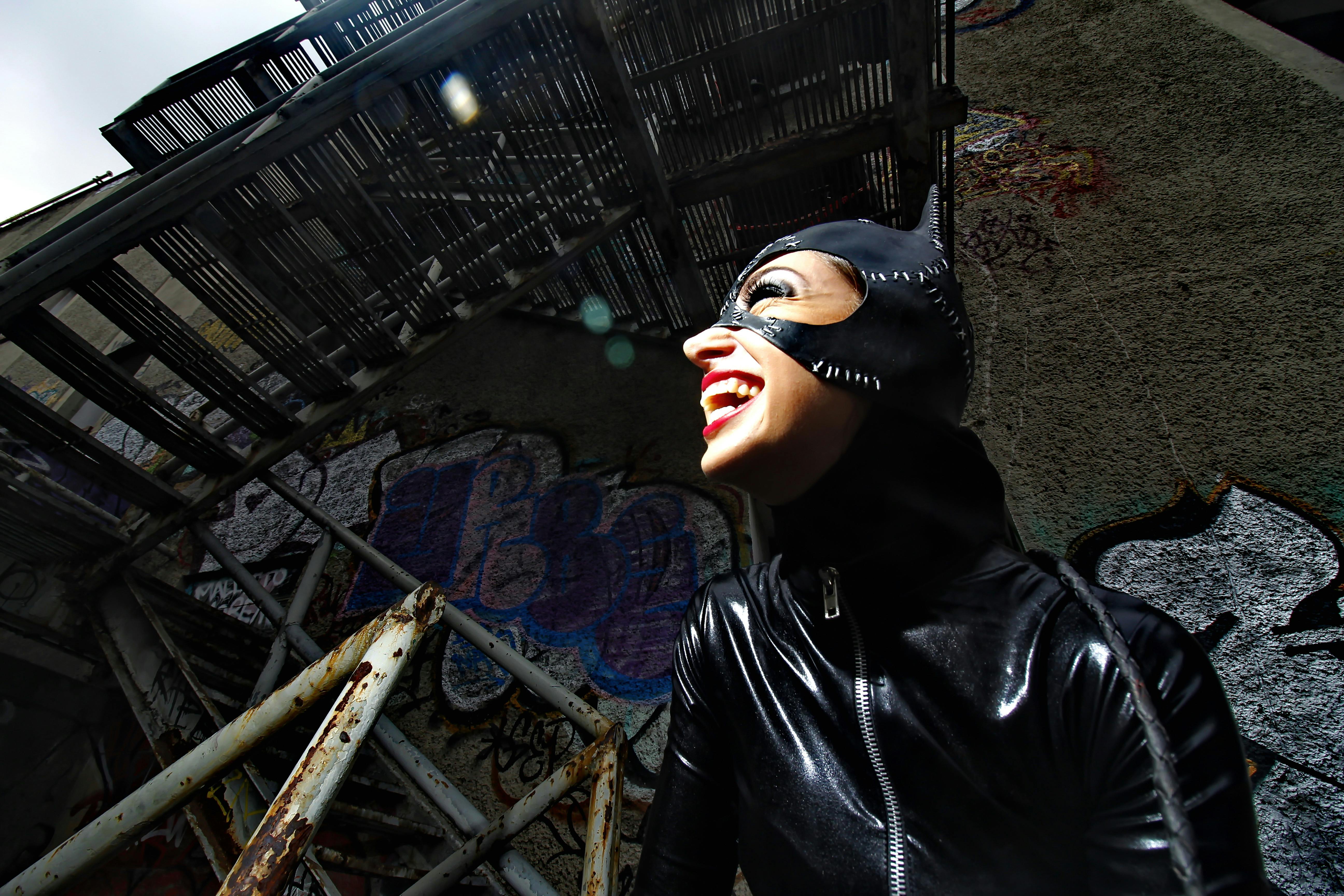
Essential Exploration of Illusive Comics in 2025
As we step into 2025, the world of comics continues to evolve, bringing forth a new wave of illusive comics that captivate readers with their unique storytelling methods and artistic expressions. These comics, often characterized by experimental narratives and intricate graphic styles, offer a refreshing departure from traditional superhero narratives, inviting readers to delve deeper into the realms of emotional and visual storytelling. The allure of illusive comics lies not only in their aesthetic appeal but also in their ability to provoke thoughtful reflection and engage with complex themes relevant to contemporary society.
This article will take you on a journey through five of the best illusive comics to explore this year, highlighting their innovative storytelling techniques, diverse genres, and the cultural insights they provide. We will uncover the distinctive features of each comic, suggest what makes them stand out in the vast comic book landscape, and discuss their contributions to the ongoing evolution of the comic book culture. Prepare to discover fascinating stories that redefine the boundaries of comic art.
Key takeaways from this exploration will include an understanding of how these illustrated narratives interact with social themes, the significance of alternative comic creators, and the appeal of comics that resonate with adult audiences. Let’s dive into these hidden gems!
Top 5 Illusive Comics to Dive Into
1. "The Art of Losing" - A Journey Through Grief
"The Art of Losing" presents a poignant exploration of loss through striking visuals and an inventive narrative structure. It captures the emotional turmoil of the protagonist, guiding readers through a landscape rife with memories and fragmented realities. The comic's use of visual metaphors enhances its emotional weight, making it an exceptional example of storytelling in comics.
Readers will appreciate how the unique character design and art techniques evoke the protagonist's complex feelings. It also resonates with themes of healing and acceptance, making it a powerful read for anyone who has experienced loss.
As this comic illustrates, emotional depth is a crucial aspect of modern comic series. The creators invite readers to reflect on their own experiences, emphasizing the comic's role as a medium for personal connection.
2. "Waves of Change" - Environmental Reflections
In "Waves of Change," the narrative delves into the urgent issues of climate change, blending breathtaking artwork with sharp social commentary. Each panel serves as a reminder of our planet's fragility, while the characters navigate a world altered by environmental neglect.
This comic not only entertains but educates, blending humor and realism to provoke thought about the reader's role in environmental stewardship. Its engaging storytelling techniques, paired with stunning illustrations, set a standard for comics addressing societal challenges.
The seamless incorporation of manga influences into its style further enhances its appeal to a broad audience. The innovative narrative structure offers multiple perspectives, inviting readers to engage with the content dynamically.
3. "Shadows of the Past" - A Historical Mystery
Set in an imagined historical era, "Shadows of the Past" immerses readers in a richly detailed world where secrets unfold through complex character interactions. The comic's pacing effectively builds suspense, ensuring that readers are continually engaged as they piece together the unfolding mystery.
This work stands out for its intricate character relationships and development, showcasing how historical contexts shape human emotions and motivations. The authors employ various artistic techniques to bring the past to life, reinforcing the power of graphic storytelling.
Moreover, the comic book's exploration of identity and legacy resonates deeply, making it a must-read for those interested in how comics can serve as a mirror to our histories.
4. "Mirage" - A Study in Perception
"Mirage" challenges the very notion of reality through its non-linear storytelling and abstract art style. Notably, the comic invites readers to interpret complex themes around identity and perception, blurring the lines between what is real and what is imagined.
The experimental narrative forms employed create a unique reading experience, prompting participants to engage actively with the story. Visual symbols throughout the narrative enhance the depth of the characters' journeys, showcasing the power of visual literacy in comics.
This comic serves as an excellent case study for those analyzing the impact of visual storytelling and how it can reflect deeper psychological themes, making it a noteworthy addition to the comic book community’s repertoire.
5. "Digital Dreams" - The Future of Storytelling
Lastly, "Digital Dreams" embraces technological advancements in comic creation, featuring digital art and innovative formats that charm the modern reader. As a commentary on our digital age, the comic encapsulates contemporary anxieties and aspirations in a visually engaging format.
This work showcases how online comic platforms have revolutionized distribution, allowing for greater experimentation and accessibility. Its narrative techniques employ humor and surrealism, generating a dynamic interaction between the reader and the storyline.
By bridging the gap between traditional comic art and modern technology, "Digital Dreams" reflects the evolving nature of comic storytelling, making it relevant in today’s fast-paced world.
Analyzing the Impact of Illusive Comics
Understanding Narrative Structures in Comics
The exploration of narrative structures in comic storytelling is essential to understanding how these illusive comics engage their audience. Traditional linear narratives are often juxtaposed against experimental forms, allowing for unique expressions of character arcs and themes. This hybridization reflects contemporary storytelling in broadening narrative possibilities.
When examining these comics, it becomes evident that the technique of non-linear storytelling enhances emotional resonance, reflecting the complexities of human experience. Additionally, the employment of visual metaphors aids in conveying intricate messages without the need for extensive dialogue, demonstrating the strength of sequential art.
The Role of Character Design
Character design plays a pivotal role in how stories are conveyed in comics. The aesthetic choices made by artists help shape reader perceptions and emotional connections to the characters. In many illusive comics, character archetypes transcend traditional boundaries, reflecting more nuanced representations and development.
Exploring character relationships, expressions, and interactions can yield insights into the thematic undertones of each narrative. By fostering a deeper understanding of these elements, readers can engage more meaningfully with the illustrated stories.
Comic Art Styles: A Blend of Tradition and Innovation
The diversity of comic art styles employed within the illusive comics not only reflects cultural influences but also enhances the visual storytelling experience. From the use of bold colors to intricate line work, each comic carries its own unique artistic signature that enriches the narrative.
These graphical choices resonate with themes relevant to modern society, much like how feminist comics and graphic novels engage with identity politics. Such interconnectedness illustrates that comics are not just a medium of entertainment but also a vital platform for social commentary and cultural representation.
Collectible Comics and the Comic Book Fandom
Collectible comics offer fans more than just reading material; they represent tangible connections to beloved characters and stories. The comic book fandom thrives on such collectibles, fostering community through the shared passion for unique narratives and art styles. Events like comic conventions provide platforms for fans to engage with creators, discover independent graphic novels, and celebrate the culture surrounding comics.
Moreover, understanding the dynamics of comic book distribution uncovers trends in audience engagement and creator relationships, illustrating how illusive comics continue to thrive in a diverse marketplace.
Future Trends in Comics Publishing
As we look beyond 2025, it’s clear that future trends in comics publishing will increasingly embrace digital innovations and alternative comic creators. Webcomics and digital formats are likely to challenge traditional print comics, leading to an evolution in how stories are told and consumed. The integration of augmented reality and interactive elements could further revolutionize readers’ experiences.
This shift highlights the ongoing conversation about the role of comics in society and how they can serve as powerful storytelling mediums that resonate across generations.

Q&A: Insights into Illusive Comics
What defines an illusive comic?
An illusive comic is typically characterized by its unconventional storytelling methods, experimental art styles, and deeper themes that challenge traditional comic norms. These comics often engage with society and personal experiences, creating a unique reading experience that provokes thought.
How do indies contribute to the comic book landscape?
Independent comic creators play a crucial role in diversifying the comic book landscape. Their unique voices and creative freedom allow for exploration of themes and styles often overlooked by mainstream publishers. This expansion fosters a rich tapestry of narratives, appealing to a broader range of readers.
Why are visual storytelling techniques essential in comics?
Visual storytelling techniques are fundamental to comics because they convey emotions and themes in ways that words alone cannot. The combination of illustrations, panel layouts, and visual metaphors enhances the storytelling experience, often making the narrative more impactful and relatable.
What role do comics play in social commentary?
Comics serve as a powerful medium for social commentary, allowing creators to address issues such as identity, politics, and cultural representation. Through nuanced character development and illustrative narratives, comics can engage readers in critical conversations about the world around them, making the medium a significant platform for advocacy.
How can readers support alternative comic creators?
Readers can support alternative comic creators by purchasing their works, attending comic conventions and workshops, and promoting their stories through social media. Engaging directly with creators and providing feedback can also foster a vibrant comic book community that champions diverse voices and perspectives.
 ```
```